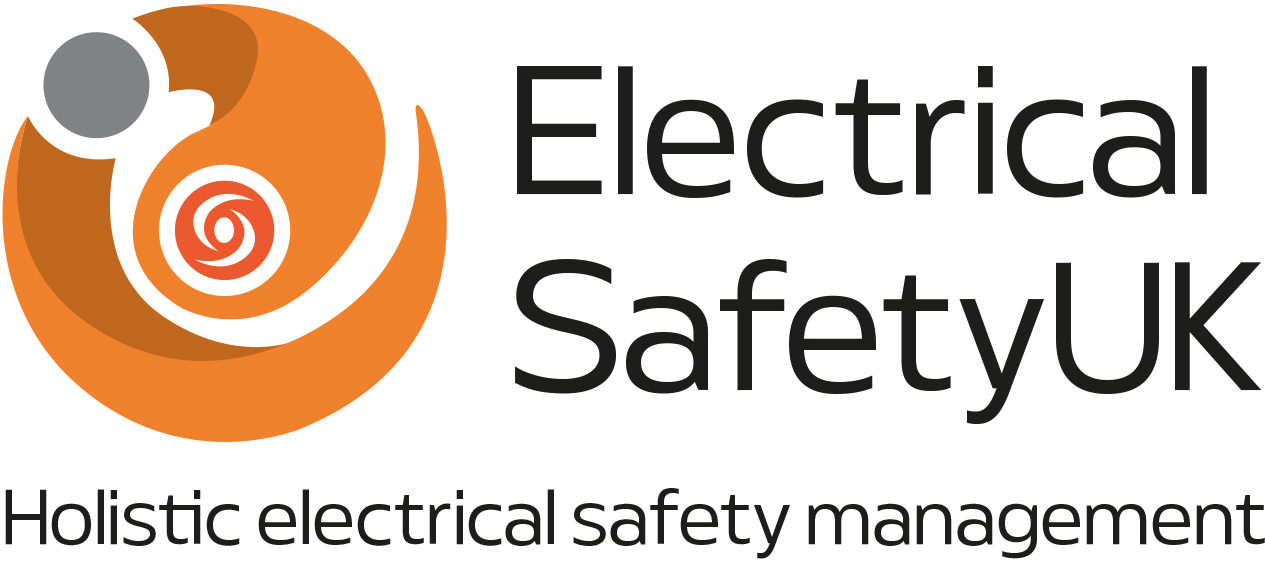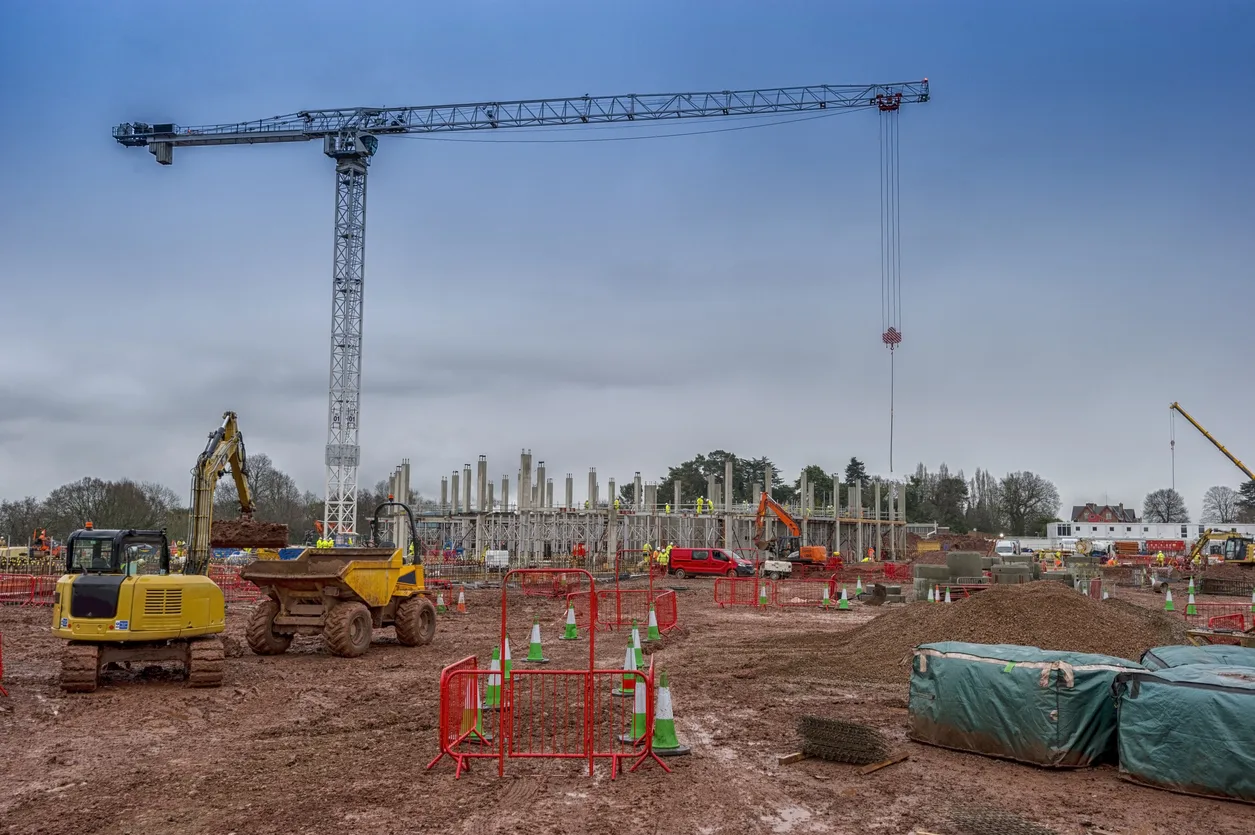Construction sites are dynamic and often unpredictable environments. In the UK, electrical hazards remain one of the leading causes of serious injuries and fatalities in the construction sector. With temporary power systems, exposed wiring, and adverse weather conditions, the risk of electrical incidents is ever-present. This article explores the nature of these hazards, the legal framework governing electrical safety, and best practices for mitigating risks.
Understanding Electrical Hazards
Electrical hazards on construction sites typically arise from:
- Contact with overhead or underground power lines
- Faulty or poorly maintained equipment
- Improper use of temporary electrical systems
- Wet or damp conditions increasing conductivity
- Inadequate training or supervision
According to HSE statistics, nearly 10% of all fatal accidents in the UK construction industry are caused by electrical faults, with around 1,000 electricity-related injuries reported annually across all sectors.
Key Legislation and Guidance
In the UK, several regulations govern electrical safety on construction sites:
- Electricity at Work Regulations 1989 (EAWR): Requires that electrical systems be constructed and maintained to prevent danger.
- Construction (Design and Management) Regulations 2015 (CDM 2015): Places duties on designers, contractors, and clients to manage health and safety risks, including electrical hazards.
- Provision and Use of Work Equipment Regulations 1998 (PUWER): Ensures that equipment used at work is safe and properly maintained.
The HSE’s publication HSG141 – Electrical Safety on Construction Sites provides practical guidance on implementing these regulations effectively.
Common Risk Scenarios
- Temporary Electrical Installations
Construction sites often rely on temporary power supplies, such as generators and distribution boards. These systems must be properly designed, installed, and regularly inspected to prevent overloads, short circuits, arc flash and electrocution.
- Environmental Exposure
British weather can be unpredictable. Rain and damp conditions increase the risk of electrical shock, especially when cables and equipment are exposed. All electrical systems should be weatherproofed and elevated where possible.
- Underground and Overhead Services
Before excavation or working at height, workers must be aware of the location of electrical services. Striking a buried cable or contacting an overhead line can be fatal. Up-to-date service maps and risk assessments are essential.
- Inadequate Training
Many electrical incidents stem from a lack of awareness or competence. Workers must be trained to identify hazards, use equipment safely, and follow site-specific safety protocols.
Preventive Measures
Planning and Risk Assessment
Before work begins, a thorough risk assessment must be conducted. This includes identifying electrical hazards, assessing the likelihood of incidents, and implementing control measures.
Safe Systems of Work
Employers must establish and enforce safe systems of work (SSoW), especially for tasks involving live electricity. These systems should outline procedures, required competencies, and emergency protocols.
Regular Inspection and Maintenance
All electrical equipment and installations should be inspected regularly by competent persons. Faulty tools, damaged cables, and overloaded circuits must be repaired or replaced immediately. The frequency of inspection and test should be determined by risk assessment and should be more frequent than on a typical installation in an industrial or commercial environment.
Use of Protective Equipment
Workers should use appropriate Personal Protective Equipment (PPE) when exposed to arc flash hazard that cannot be controlled by other means such as appropriately rated arc flash clothing. Tools and equipment should also be appropriately rated for electrical safety.
Creating a Safety Culture
Electrical safety is not just about compliance – it’s about cultivating a proactive safety culture. Site managers, supervisors, and workers must all take responsibility for identifying and reporting hazards. Toolbox talks, refresher training, and visible safety signage can reinforce good practices.
Conclusion
Electrical hazards on UK construction sites pose a serious threat to life and property. However, with proper planning, adherence to regulations, and a commitment to safety, these risks can be effectively managed. By fostering a culture of awareness and accountability, the construction industry can continue to build safely and responsibly.
If you would like a review of your existing practices and/or your electrical safety management system give us a call on 0800 652 1124, email us at info@elecsafety.co.uk or contact us through our website at https://elecsafety.co.uk/about/contact/.





